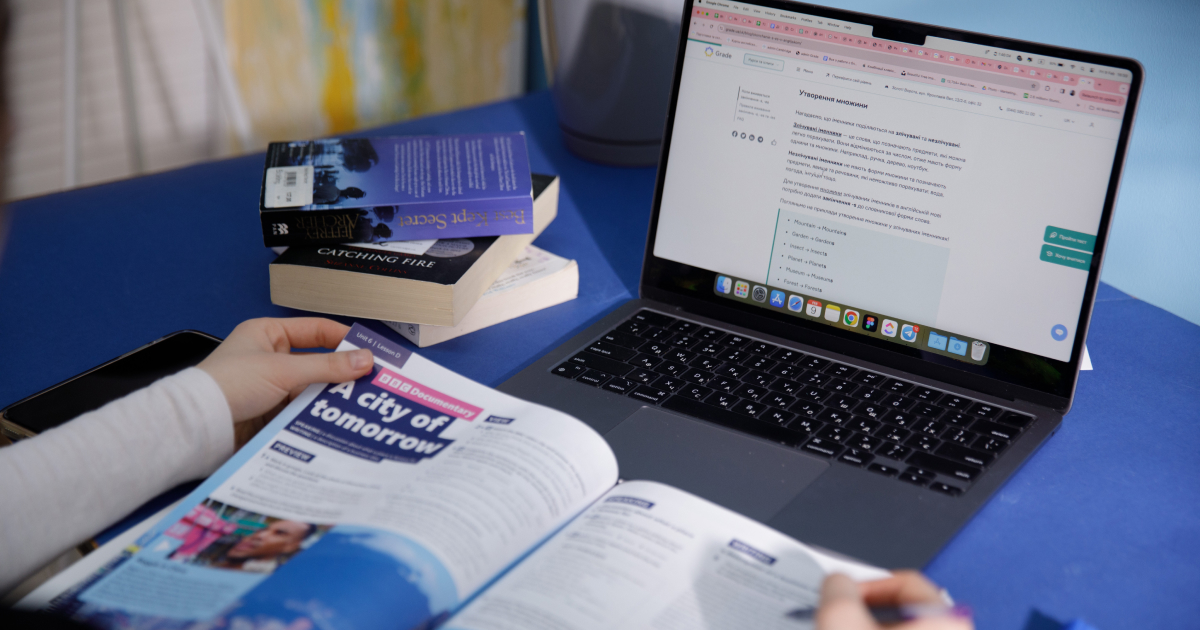Delayed error correction
- Teaching qualifications
- Tips & Strategies
- Methodology

09.04.2024
There is nothing more engaging than conducting a lesson based on a popular and beloved movie.
We have collected some tips in case this is your first time creating a lesson plan based on a movie.
But first of all, let’s look at five reasons to implement movies into your class routine:
1. They are engaging
Needless to say working on a worksheet based on an interesting movie is much more exciting than going through some plain textbooks. In no time you will see how engaged your students become when they get a chance to discuss something interesting, popular, and new.
2. Students get a chance to interact with authentic materials
Learners tend to be afraid of referring to authentic materials, especially when they only started their ESL journey. Using movies is a great chance to change their mindset and prove that you will never be 100% ready to start interacting with authentic materials. Therefore, you have to start somewhere.
3. Movies are thought-provoking
It is definitely easier to naturally come up with some topics for discussion after watching an interesting movie and encourage even the shyest people in the room to express their opinions. Using movies is actually a great way to make everybody speak.
4. Movies are challenging
Challenges never hurt anyone. Especially when students are reaching the point of being sure they know everything. A good movie can indeed become a great way to promote a life-long approach to learning languages and motivate your students to never stop.
5. Students get acquainted with slang, accents, and much more
There are certain things you will never see in any textbook. And this is where literature, movies, and music help us. Students have to be exposed to such materials constantly to keep in touch with real-life communicative trends.
The success of the lesson depends not only on the lesson plan itself but also on the movie that you initially picked. While deciding which movie to present to your students, think of:
Create effective lesson plans
Note everything that might be useful for your lesson, and once you make sure all of the following things suit your goals and your students’ level, you may start working on your lesson plan and movie-related worksheet:
After you have picked up the movie, rewatch and carefully analyze it. Are there any cool phrases? Do the characters use some specific grammar? Does this movie cover any specific topics you are particularly interested in? Does it include slang words or harsh accents which might be hard to grasp?
You may focus on such things as:

The most important issue is how level-appropriate the movie is. Estimating this detail requires a lot of attention and accuracy as well as knowledge of key topics for each level. Still, it is the most important step because even the most interesting lesson will go in vain if the students struggle with understanding what is going on.
The best thing you can do to clarify whether a certain vocabulary or grammar topic is level-appropriate is to refer to CEFR and compare the topics listed with those you consider adding to your lesson.
However, if you don’t want to assess the difficulty of the movie on your own, you may always look for the recommendations of other professionals on the Internet.
Here are some of my picks listed by levels:
A1 | “Up” (“Forward and Up”) |
“Finding Nemo” | |
A2 | “The Wizard of Oz” |
“The Lion King” | |
B1 | “Shrek” |
“Toy Story” | |
B2 | “Forrest Gump” |
“Charlie and Chocolate Factory” | |
C1 | “Mona Lisa Smile” |
“Zootopia” |

If you want this lesson to be successful, you have to come up with rules. No matter how good your lesson plan is, it won’t work if students come to the lesson unprepared.
Here are some of the most important principles for me:
These steps might sound strict but they are crucial. There is no problem in turning movie watching into a fun endeavor. Still, it is a learning experience first and foremost and it requires some discipline.
It is also important to not turn watching a movie into a solely listening activity. This is a great chance to practice all the skills.
You may assign students a fill-in-the-gaps or matching activity based on the movie.
It may require knowledge of the plot (for example, matching a character with his/her characteristics) or become the first step to working on a new piece of language or grammar (for instance, filling in the gaps with the correct word from the movie or matching the word form with the most suitable sentence).
You may assign students a classical true-false activity based on a movie you’ve been watching or fill in the gaps of activity that is done while listening to the extract.
Also, you may turn any listening activity into a fun game by assigning your students to write down as many adjectives that describe a person's character as possible (for example). Such activities make a great introduction to the further discovery of the new vocabulary.
The most popular writing activity based on a movie is definitely writing a review.
Still, you can be more imaginative and ask your students to work in pairs and create an interview with the movie characters, for example. Also, writing prequels, sequels, and fan fiction in general is a great way of practicing both new vocabulary and various grammar topics, particularly – tenses.
Creating a speaking activity based on the movie might be the easiest. Students may answer the questions, exchange their opinions, react to controversial situations depicted in the movie, debate and so much more.
As soon as you supply your students with all the necessary functional language, they will be ready to talk about the movie for hours!
The best way to use the resources of the movie to the fullest is to create a movie-related worksheet that will help to keep these diverse activities altogether.
Here are some resources that might be helpful if you are looking for some inspiration:

5 ESL speaking activities
Read moreArina Kravchenko
Author
Teacher of General English & IELTS
Comments
Leave your comment